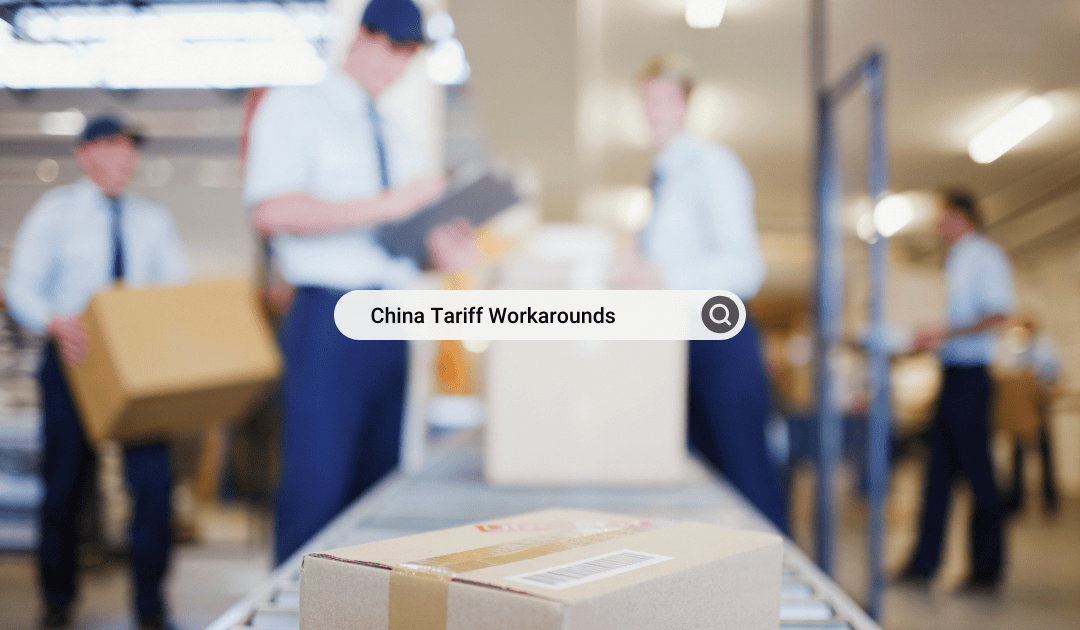As we celebrate Earth Day this April, it’s no secret that the shipping and distribution of e-commerce orders are huge contributors to the increased carbon emissions. And your customers care about this impact; 88% of consumers want brands to help them live more sustainably, and many are looking to e-commerce companies to lead this charge. Changes in consumer sentiments around the convenience of online shopping and its impact on the planet have left many DTC brands scratching their heads over what a truly sustainable shipping strategy looks like.
An increased focus on shipping speeds have forced many DTC brands into a tradeoff between convenience and environmental sustainability. Brands need to be cognizant of their carbon footprints because with increased demand for fast, convenient shipping comes an increase in carbon emissions. The more stops any given delivery truck has to make, the worse its carbon footprint becomes, and options like 2-day or express shipping often increase the logistical complexity of last-mile delivery routes—complicating the carbon footprint along with them.
Despite these challenges, there are many quick and simple practices DTC brands can implement to boost their sustainability, especially when it comes to shipping, while also delivering an overall positive customer experience.
1. Package and ship the entire orders in the same parcel or use a consolidator for an intermediate leg of the journey
Many customers are frustrated by the careless way that many brands waste shipping materials and resources by inefficiently packaging individual items separately or shipping small products in large boxes. When possible, package and ship customers’ orders in one parcel, prioritizing the planet over fast (but inefficient) shipping. Showing intentionality and care in how you ship products to your customers can have a strong influence on whether or not they will do business with you in the future.
Passport also helps consolidate the intermediate leg of a parcel’s journey: we combine multiple orders from disparate first mile pickups into a single pallet to ship cross-border, then split them back up for the last mile delivery to the end consumer. This reduces operational complexity, improves trackability, simplifies the customs process, and reduces the number of inefficient legs along the route. Fewer inefficient legs in the parcel journey translates to lower shipping cost for the consumer (and better conversions for the merchant) and lower per package emissions for a more sustainable path to fulfillment.
2. Opt for sustainable choices when selecting decorative packaging
Eco-friendly packaging can help reduce a store’s environmental impact and provides you with the opportunity to use options that are enjoyable for your customers but are still mindful of the planet. There are a growing number of sustainable packaging companies that offer Earth-friendly accessories to add to shipments, such as biodegradable packing peanuts, confetti made from flower petals and leaves, and recyclable alternatives to confetti. Opting for less environmentally harmful marketing and branding strategies will earn you praise and loyalty from your more eco-conscious customers.
3. Offer carbon neutral ordering with EcoCart
Carbon offsetting is one of the most popular and proven methods for reducing an organization’s carbon footprint without having to sacrifice integral aspects of the business. Companies of all sizes may lack the fiscal and logistical ability to overhaul their supply chain, or completely phase out other carbon-emitting activities, but they can leverage carbon offsets to reduce their organization’s impact on the planet.
Getting started with carbon offsets on your own can be daunting. Fortunately, there are free options available to DTC brands to quickly and easily integrate carbon neutral ordering into their checkout flow. EcoCart is available for free to brands on all major e-commerce platforms, and works simply to offer carbon neutral shipping and ordering.
EcoCart works by:
-
Calculating the carbon footprint of each of your customers’ unique orders by taking into account factors such as item weight, materials used to manufacture the item, shipping distance, and more.
-
EcoCart appears in your checkout page as a checkbox that customers can opt into to make their orders carbon neutral, typically adding 1-2% to their order total.
-
Alternatively, DTC brands can choose to make all their products carbon neutral on behalf of their customers, making EcoCart free to the end customer and demonstrating a strong focus on sustainability and eco-friendly shopping.

Brands that add EcoCart to their online stores typically see 1 in every 4 shoppers opting to make their orders carbon neutral. Additionally, EcoCart is proven to help merchants boost cart conversion by as much as 25%, demonstrating that alignment with sustainability encourages the likelihood your customers will check out.
The negative environmental impact of shipping online orders to your customers may be daunting, but there are many simple and affordable ways you can effectively become a more sustainable brand while still offering the same products your customers love. The fight for a healthier climate is assuredly a journey of a million miles, and it’s critical to take those first steps and show your customers that you care about the planet just as much as they do. Happy Earth Day!
This guest post was authored by EcoCart, an e-commerce plugin that encourages checkout by allowing your customers to shop carbon neutral with you. Sustainability is now a driving factor in consumers’ purchasing decisions—that’s why the 400+ brands that use EcoCart like APL, Siete Foods, and Dose of Colors are seeing a massive boost to customer loyalty as well as up to 22% increase in cart conversion rates. To learn more about EcoCart, check out their blog.




